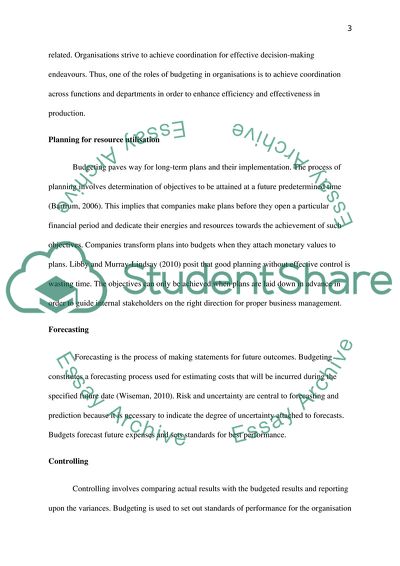Cite this document
(Budget Essay Example | Topics and Well Written Essays - 2000 words, n.d.)
Budget Essay Example | Topics and Well Written Essays - 2000 words. https://studentshare.org/finance-accounting/1828664-budget
Budget Essay Example | Topics and Well Written Essays - 2000 words. https://studentshare.org/finance-accounting/1828664-budget
(Budget Essay Example | Topics and Well Written Essays - 2000 Words)
Budget Essay Example | Topics and Well Written Essays - 2000 Words. https://studentshare.org/finance-accounting/1828664-budget.
Budget Essay Example | Topics and Well Written Essays - 2000 Words. https://studentshare.org/finance-accounting/1828664-budget.
“Budget Essay Example | Topics and Well Written Essays - 2000 Words”. https://studentshare.org/finance-accounting/1828664-budget.


